Somewhere in the world, right now, students are hard at work in school. With over 190 nations spanning the globe’s 24 time zones, students and their academic years come in a variety of forms. Here’s a sampling of the typical school year in 13 nations throughout the world.
Australia

Students in Australia attend school for 200 days a year. Their school year lasts from late January to late November. Since Australia is in the southern hemisphere, it experiences summer while it’s winter in the northern hemisphere. Summer vacation for Australian students is from December to late January. Their school year is divided into four terms, with each term lasting 9 to 11 weeks. Students then have two weeks of vacation between each term. The typical school day is from 9 a.m. to 3:30 p.m., and lunch is eaten at school. Students are required to attend school for at least nine years. The average class size is eighteen students and there are about six computers per classroom.

School grades in Australia are called years. Primary school is from year 1 to year 6; secondary school is from year 7 to year 12. A 6 year old begins in year one, while an 18 year old finishes school by year 12. From year one to year six, students spend about 12 hours a week working on math and English. Many schools integrate subjects, meaning they combine two or more academic subjects. For instance, say your class is studying coral reefs. A non-integrated approach would have students study coral reels only in science class. An integrated method incorporates math, by taking measurements, for example, and language arts. Students would then use that information to write a report about coral reefs.
Brazil
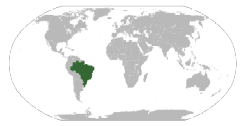
Brazil, also found in the southern hemisphere, shares the same summer months as Australia. The school day in Brazil runs from 7 a.m. to noon, and students typically go home at noon to share lunch with their family. Lunch is the most important meal of the day. Most schools require students to wear a uniform.

Math, geography, history, science, Portuguese, which is the national language of Brazil, and physical education are the main subjects studied by students in Brazil. Many schools can barely afford to teach those subjects, which means that courses like art and music are often left out in poorer areas. The average class size is 30 or more students. Most schools do not have a computer in the classrooms, or have only one or two computers for 30 students to share.







 Reply With Quote
Reply With Quote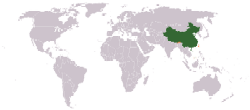

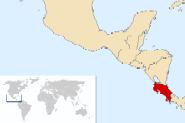
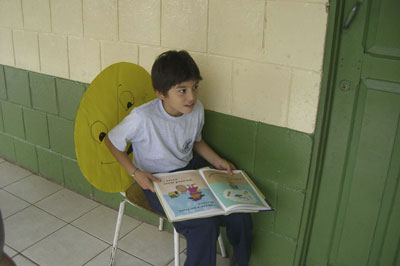
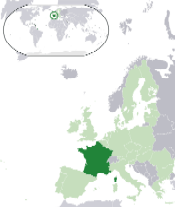
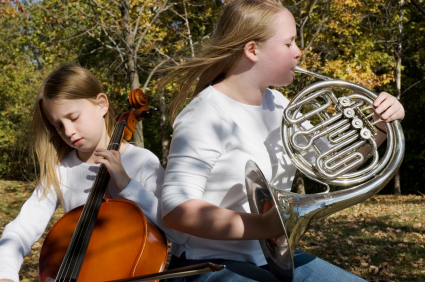
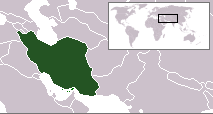
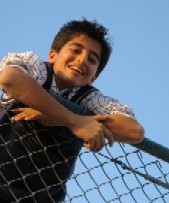
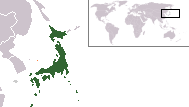

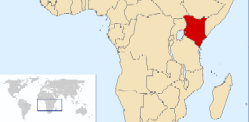
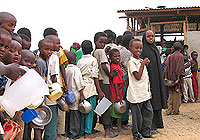
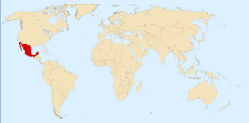
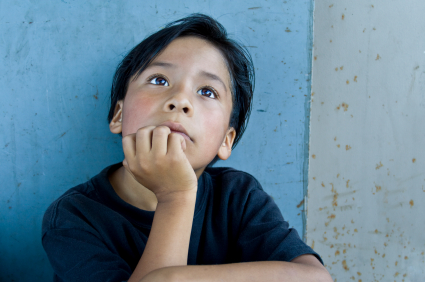
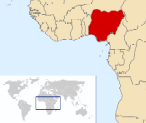
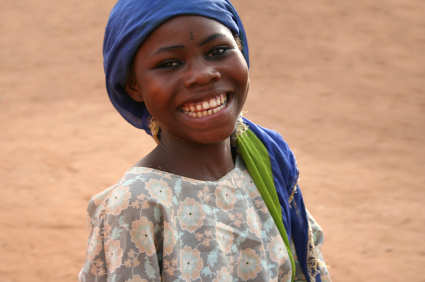
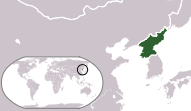
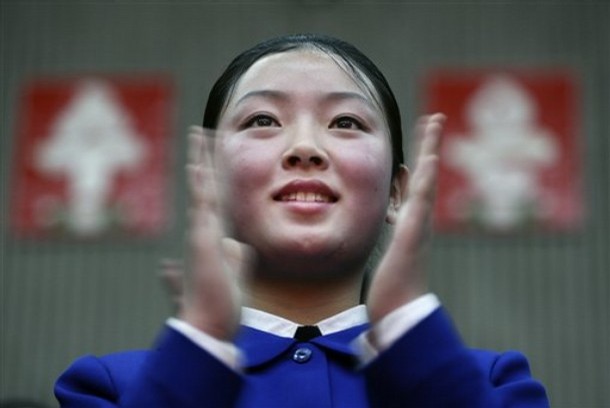
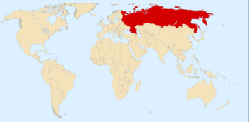
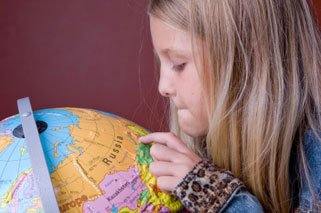
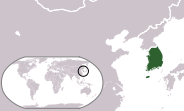
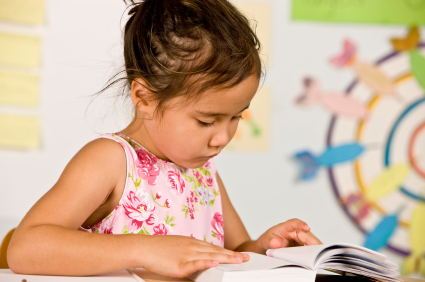


 the uniforms are NOT provided free and many country schools have sand trays instead of paper to write on! I do not know where you got this information but it is mostly propaganda and sadly not true
the uniforms are NOT provided free and many country schools have sand trays instead of paper to write on! I do not know where you got this information but it is mostly propaganda and sadly not true
 Lilith Cherry
Lilith Cherry


 RIP Sabrina June 16 2011
RIP Sabrina June 16 2011
Bookmarks